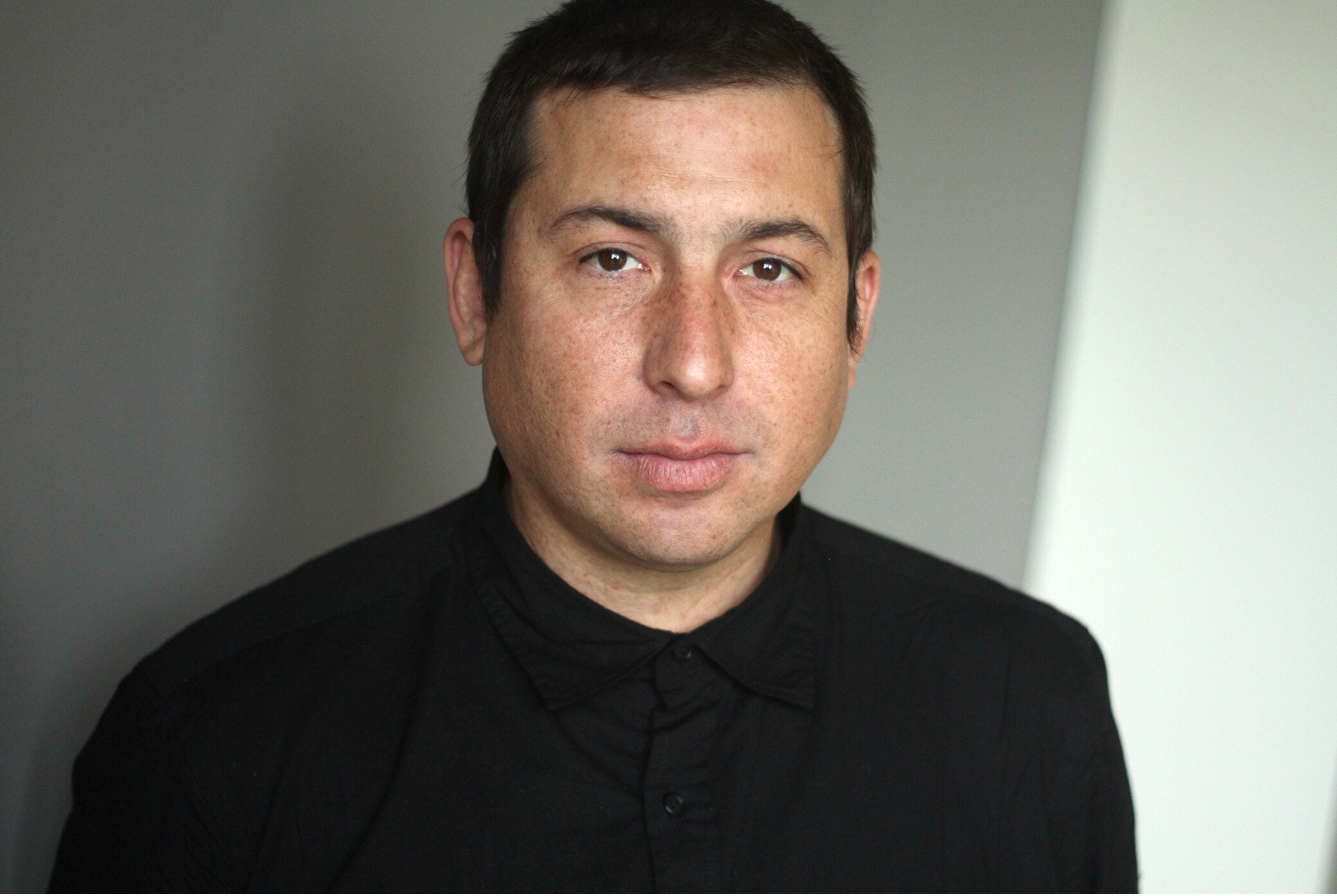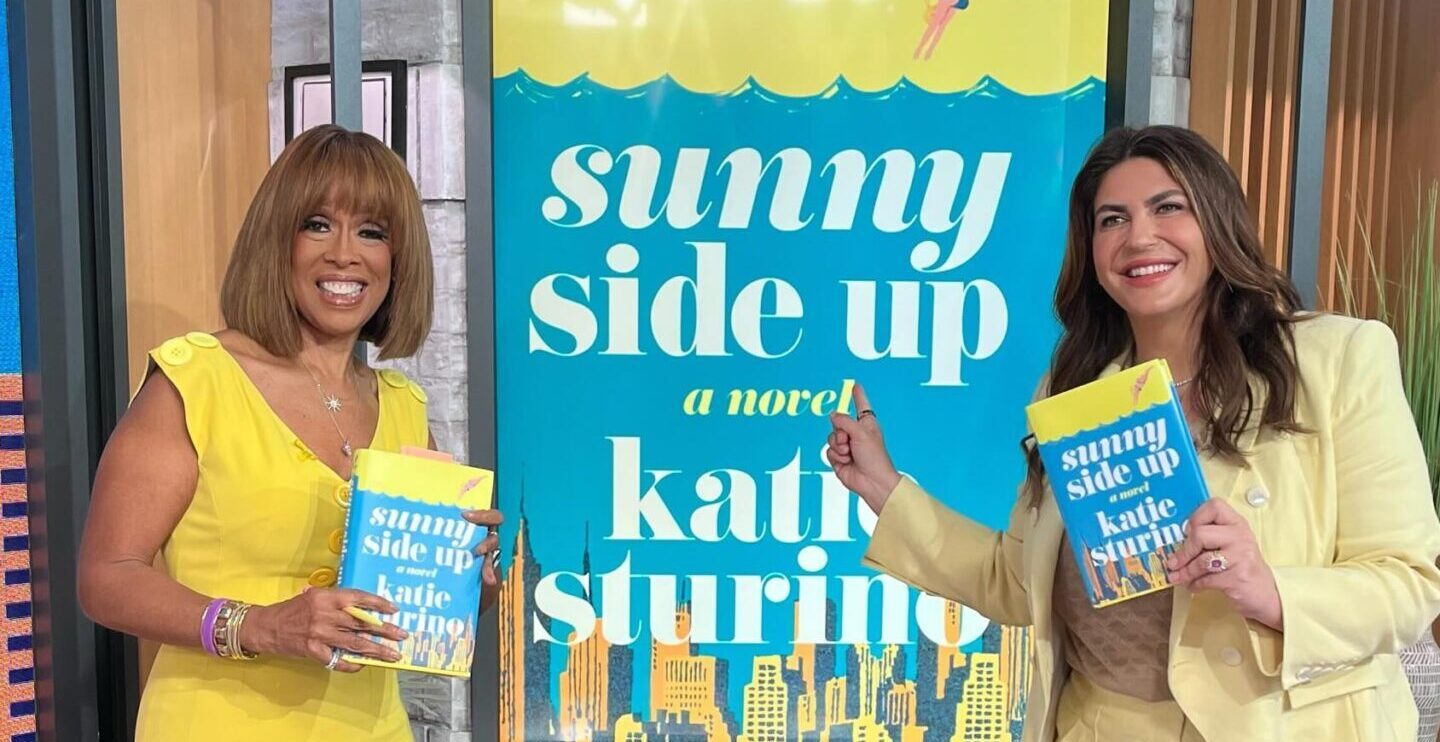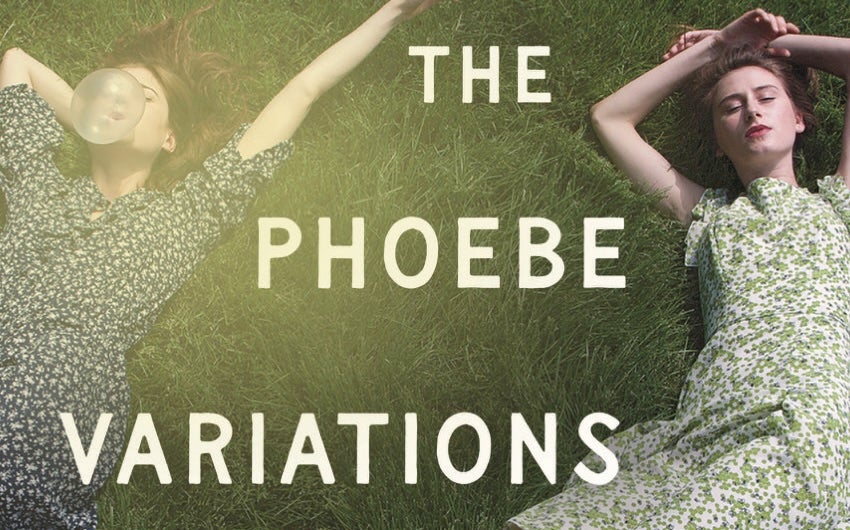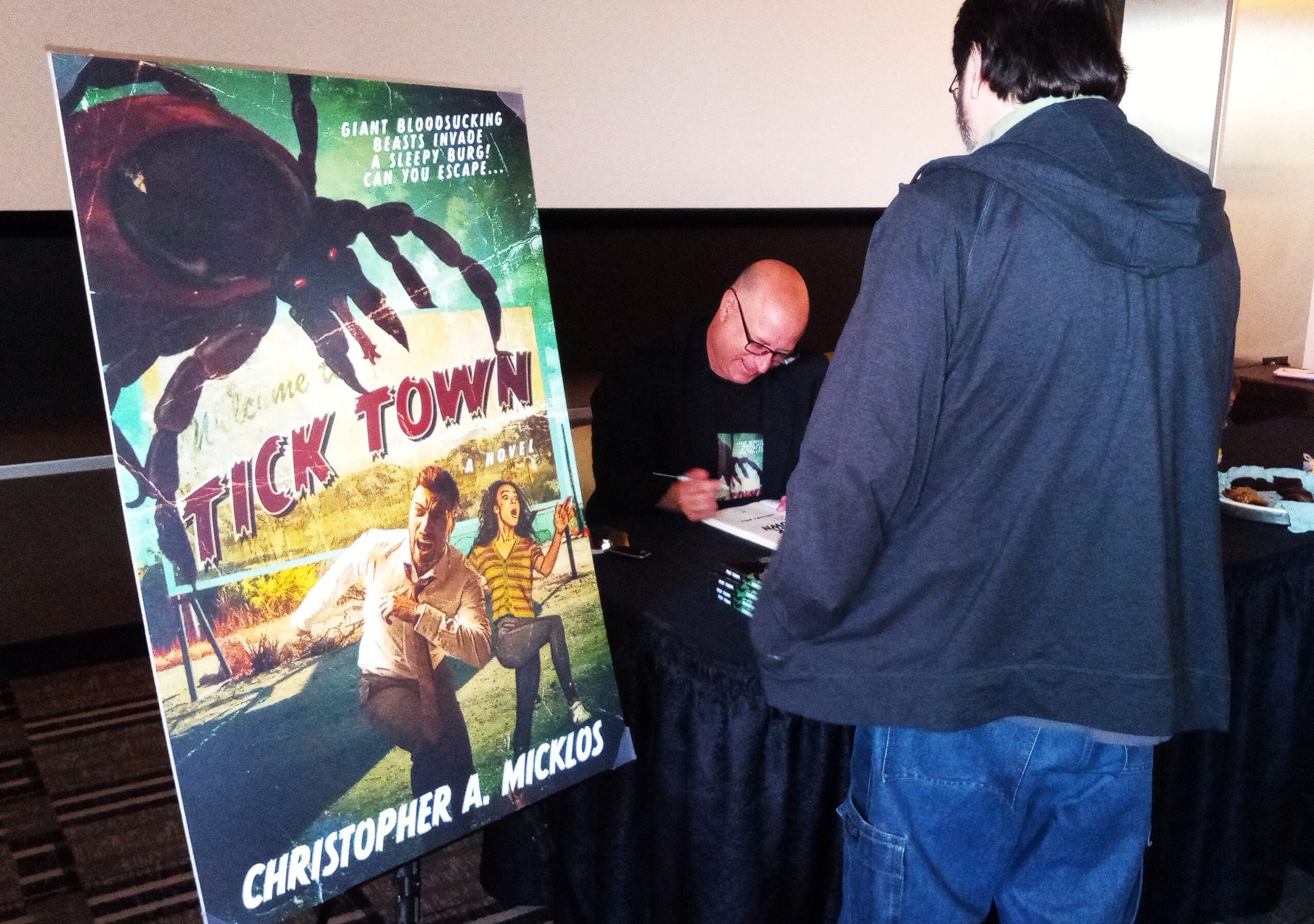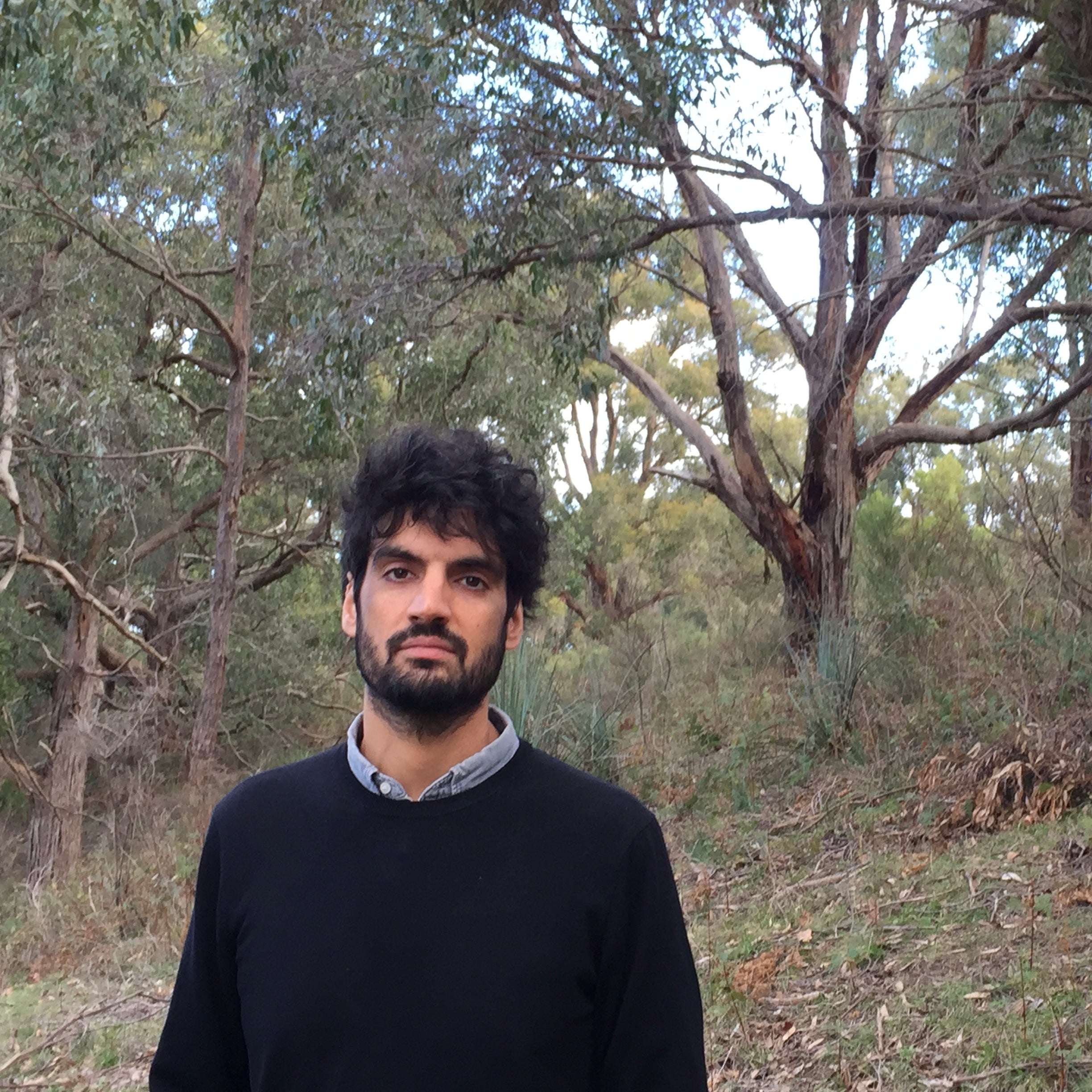Tommy Orange is an enrolled member of the Cheyenne and Arapaho Tribes of Oklahoma.
You may have read his best-selling debut novel, “There There.” It was the winner of the PEN/Hemingway Award, the John Leonard Prize, and the American Book Award. It was also a finalist for the Pulitzer Prize.
If you haven’t read “There There,” there’s no time like the present. Orange has now followed up his stellar debut with “Wandering Stars.” It is both a prequel and a sequel to “There There” and it is well worth the six-year wait.
News with a little more humanity
WPR’s “Wisconsin Today” newsletter keeps you connected to the state you love without feeling overwhelmed. No paywall. No agenda. No corporate filter.
The book covers a huge swath of time. It begins in 1864 and chronicles the lives of three family generations over 150 years.
As the three generations of children grow into adults, we realize these people are the ancestors of the family we met in “There There.”
“Wandering Stars” is a scathing indictment of the United States’ war on its own people.
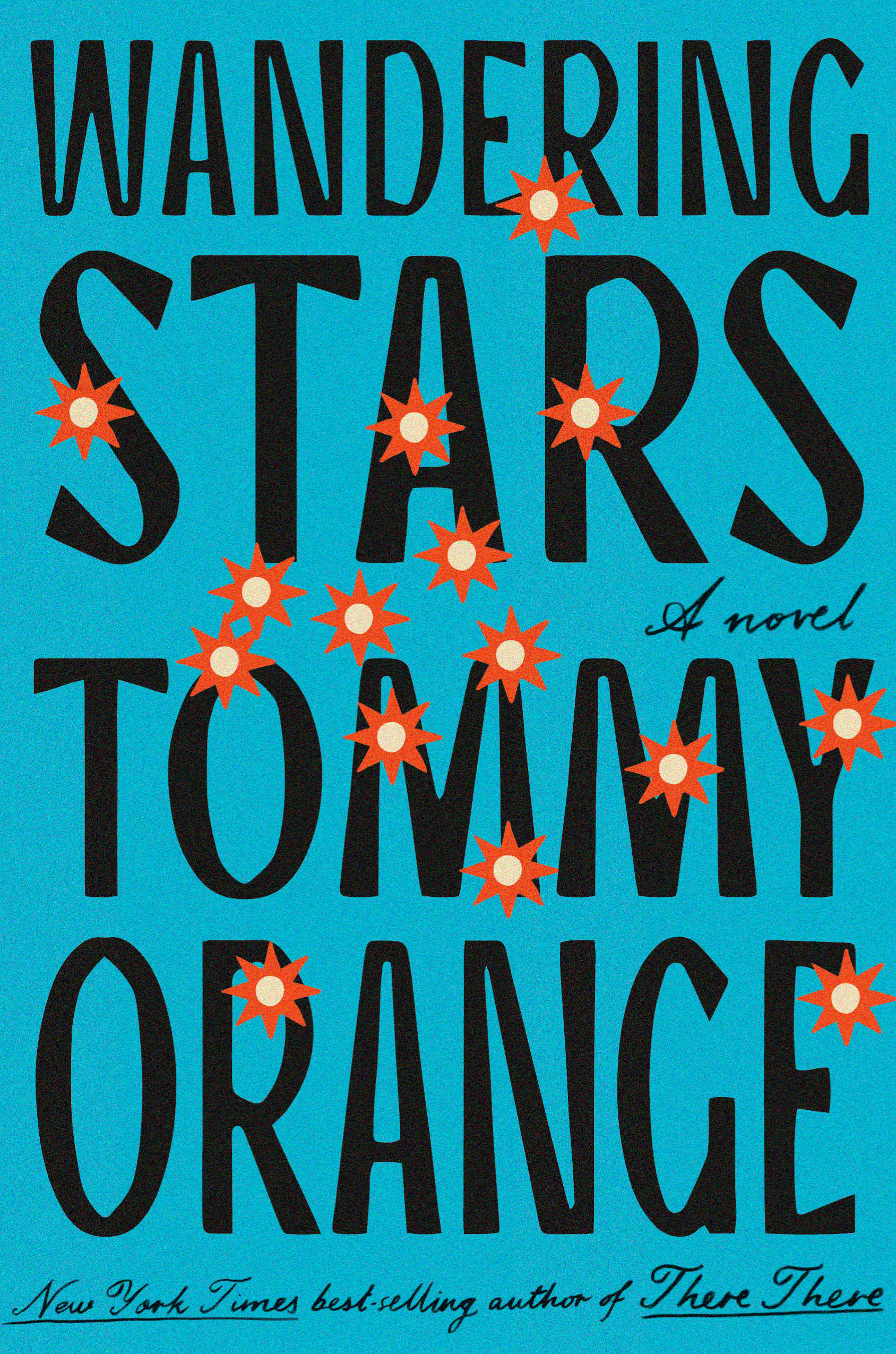
The following interview has been edited for clarity and length.
Doug Gordon: Tommy, your debut novel, “There There,” is a critically-acclaimed New York Times’ best seller. It was also a finalist for the Pulitzer Prize. Did all of this success make it more difficult for you to write your second novel, “Wandering Stars”?
Tommy Orange: It most certainly did. Among other things, in writing “There There,” I didn’t really have any concept of an audience or a reader base. So that was a whole new group of voices to allow into my head in the writing space.
I think the sophomore effort just has a lot of pressure around it, because you have to at least do something as good. And when you have something that’s really successful, that kind of pressure can be really challenging when it comes to the writing space and trying to have a clear head and be kept writing from a place that’s more pure.
What brought you to writing in the first place is really where you want to be coming from. And then two years of it were during a pandemic. And writing already without any of that is hard.
I’d never wanted to write historical fiction. The first third of this book is definitely historical fiction, but this piece of information about this prison castle being the sort of origin story of the Carlisle Indian School and boarding schools in general, and that Southern Cheyennes were really kind of at the center of that — it just drew me in as soon as I found out.

DG: You told a Chicago audience that so many of the characters in “There, There” were actually parts of yourself. Is that also the case with “Wandering Stars”?
TO: Maybe a little less so. Especially the historical piece.
Charles Star is the son of Jude Star. Charles is the first person you meet in the novel. I would say I share a lot in common on an interior level with Charles. So yes and no.
And I think I feel more distant from maybe some of the characters, like Luther in the contemporary part of the novel. That’s where I draw from when I’m trying to write interiority. It comes from my own. It’s sort of unavoidable. I think that the characters will end up sharing things with me.
I kind of write from the inside out. I really think about their insides first before I put them in a scene before I have them doing things.
Tommy Orange
DG: If you don’t mind my asking, how do you go about developing your characters?
TO: You know, part of it is mysterious. Like some lines just come out and they feel distinct and directly related to the character that you’re intending to write about.
And then some of it’s revision, just really at the sentence level. I try to make the sentences sound good and also related to the characters specifically so that when you’re reading the lines, you’re really getting a feel for who the character is, what they think about, how they feel.
So I kind of write from the inside out. I really think about their insides first before I put them in a scene before I have them doing things.
DG: What do you want readers to take away from “Wandering Stars”?
TO: I think with the open-ended ending with “There There” and the sort of lack of resolve — even though “Wandering Stars” doesn’t have some kind of like happy ending — I did want it to resolve.
So, you know, anybody who read “There There” and reads “Wandering Stars,” I want it to feel like a journey that was complete.
A lot of times people don’t understand the nuance of Native life and contemporary life, and a lot of times we are authenticated from the outside, and the fact that we don’t always look the way that people think we should look — because the only thing that’s taught is the Pilgrim Indians — and a lot of times not having a certain kind of connection to our culture — the burden is put on us.
So people don’t don’t understand the campaign against the erasure of Native people and how long it’s been going on. So I think giving context and giving this history to allow more understanding for who we are, I think that is something that I would like readers to experience.

